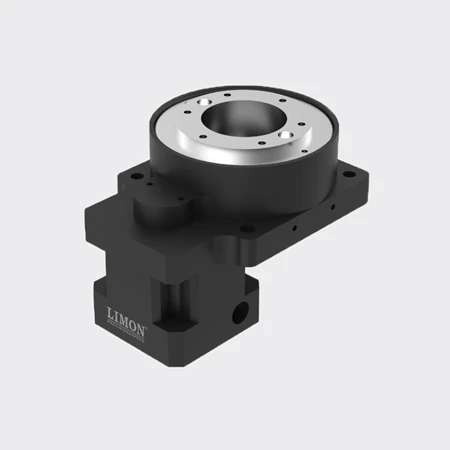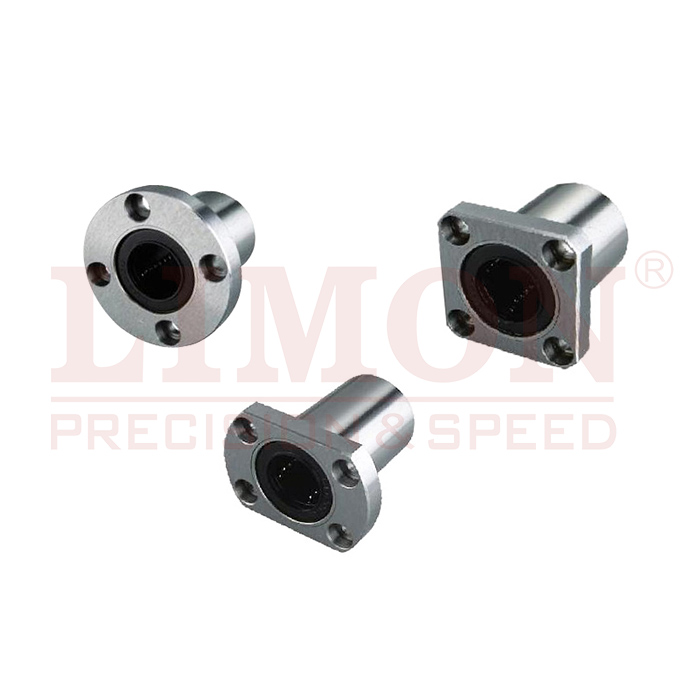In the world of precision motion systems, linear bearings play a vital role in ensuring stability, efficiency, and reduced friction. But like any mechanical component, understanding the forces on linear bearings is essential to optimizing performance and preventing premature failure.
Types of Forces on Linear Bearings
When specifying or designing a system with linear bearings, it’s crucial to consider the three main types of forces that act on them:
1. Radial Loads
These are forces applied perpendicular to the direction of motion, and they are the primary load type that linear bearings are engineered to handle. High radial load capacity ensures the bearing glides smoothly while maintaining rigidity.
2. Axial Loads
Axial loads act along the direction of motion. The ability of a linear bearing to support axial force depends on its design. Some types can handle axial loads effectively, while others might require additional structural support.
3. Moment Loads (Torque)
These are rotational forces exerted around pitch, yaw, or roll axes. Unsupported moment loads can cause misalignment or premature wear.

Can Linear Bearings Be Rotated?
A common question engineers ask is: “Can linear bearings be rotated?” The short answer is: not typically—but with some exceptions.
Standard Linear Bearings Are Not Meant for Rotation
Profile rail linear bearings (such as recirculating ball types) are designed to prevent rotation and maintain precise linear tracking. Any attempt to rotate them beyond tolerance can lead to binding or system failure.
Limited Rotation in Round Shaft Linear Bearings
Some round shaft linear bearings allow slight rotation around the shaft, depending on the design. This can be useful in applications where angular misalignment might occur, but the motion should still be constrained linearly.
Need Rotation? Use the Right Companion Components
If your system requires both linear and rotational motion, consider pairing linear bearings with:
Rotary Bearings
Crossed Roller Bearings
Custom-designed dual-motion mechanisms
These setups allow simultaneous movement in multiple degrees of freedom without sacrificing precision.
Final Thought: Design With Forces and Function in Mind
Understanding the forces on linear bearings—radial, axial, and moment—is the key to building motion systems that perform reliably under stress. And while linear bearings are not designed to rotate, pairing them with the right components ensures your system moves exactly how you need it to.




